Lake Manyara – TREE-CLIMBING LIONS AND VERDANT FORESTS AWAIT
Witness Diverse Ecosystems in Vibrant Harmony
Explore the enchanting Lake Manyara National Park, a jewel of diverse ecosystems ranging from savannahs to marshlands and evergreen forests. This park supports a dense population of large mammals, making Lake Manyara Safaris an exceptional wildlife viewing experience. The lake itself, encompassing 70% of the park’s 329 sq. km, provides a lush habitat for countless species.
Visitors to the park are greeted by the lush forests that climb the dramatic Rift Valley escarpments and the glittering lake waters bustling with waterbirds. Renowned for its tree-climbing lions and the spectacle of pink flamingos, Lake Manyara offers a unique safari adventure.
During Lake Manyara National Park Tours, you can effortlessly spot elephants, wild buffaloes, hippos, zebras, giraffes, and a variety of primates near the lake shores. In addition to its rich wildlife, the park is a haven for bird enthusiasts, boasting over 400 bird species including large flocks of flamingos and diverse waterbirds like pink-backed pelicans, herons, and storks.
While Tanzania Safari Tours often include the famed Ngorongoro Crater and Serengeti, adding a visit to Lake Manyara National Park provides a tranquil yet equally thrilling experience. Don’t miss the chance to discover its captivating wildlife and stunning landscapes on your journey through Tanzania’s northern circuit.
Highlights
- Tree-Climbing Lions: Rare lions known for their unique climbing behavior.
- Scenic Rift Valley Views: Stunning vistas over the Great Rift Valley.
- Rich Birdlife: Over 400 bird species, including flamingos and pelicans.
- Diverse Ecosystems: Varied landscapes from lakes to lush forests.
- Elephant Herds: Large herds of elephants frequenting the park’s diverse habitats.





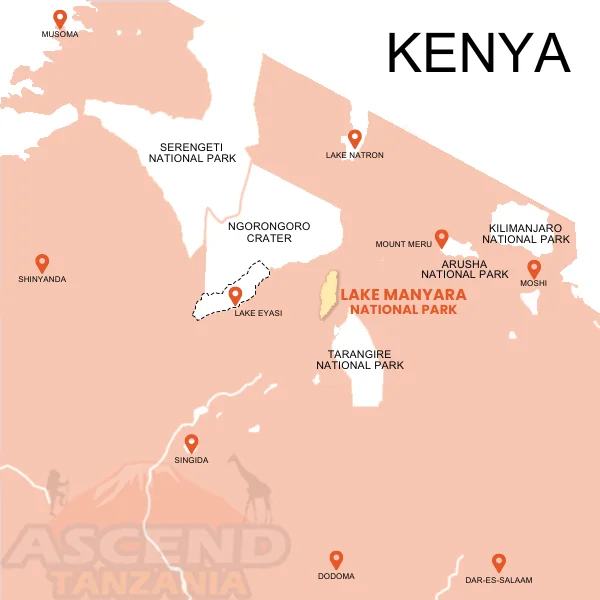

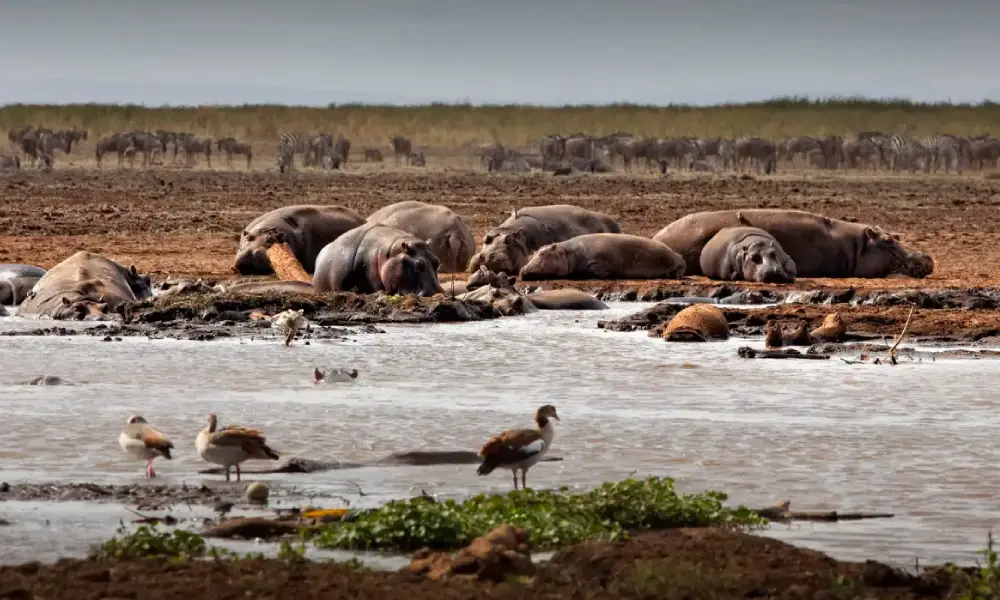








 Customize Safari Packages
Customize Safari Packages 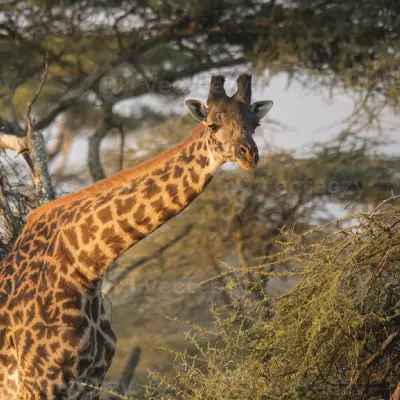
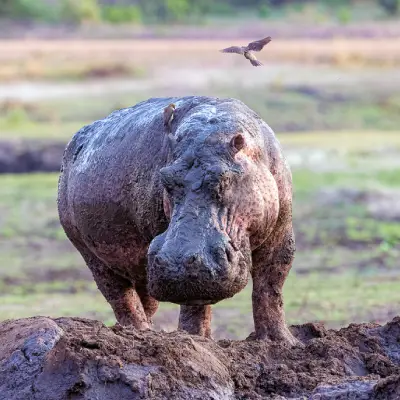

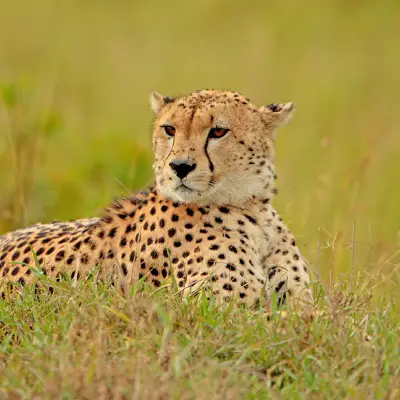
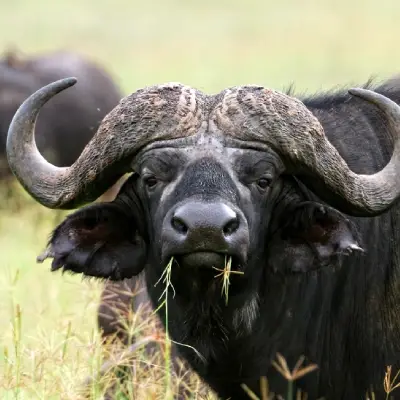

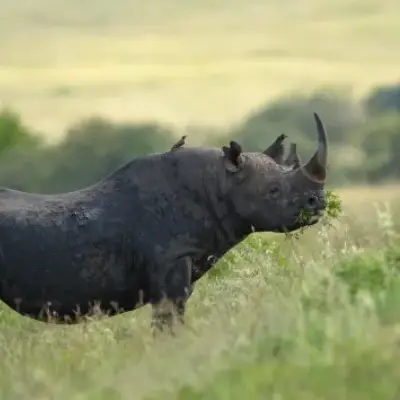

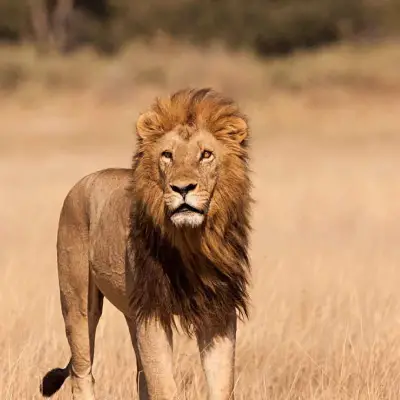
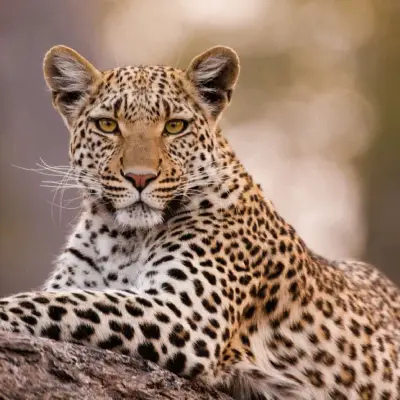
 22°C
22°C 65MM
65MM



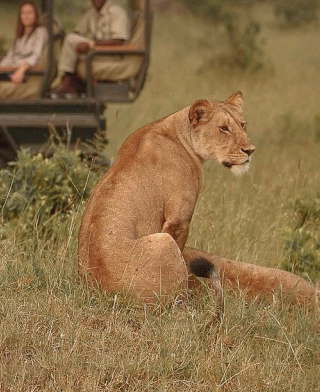
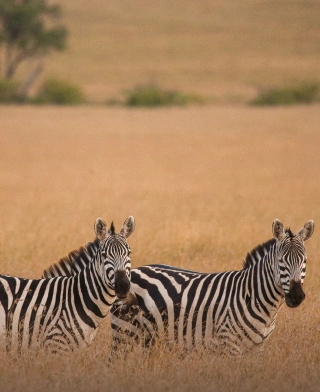
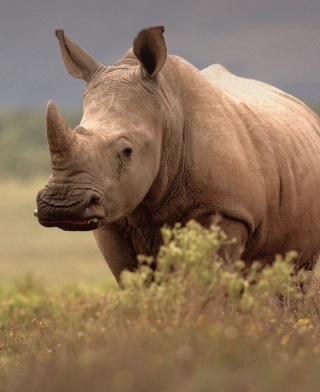





















"Excellent Company To Climb With"
I booked my Kilimanjaro climb (6 Day Machame route) with Ascend Tanzania because I was travelling solo and on a budget
Read Reviews